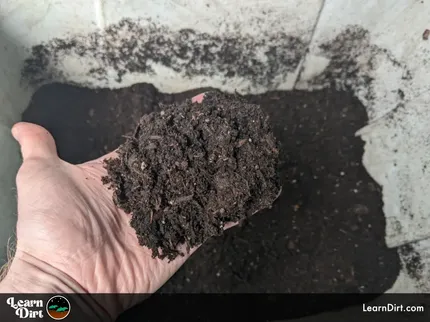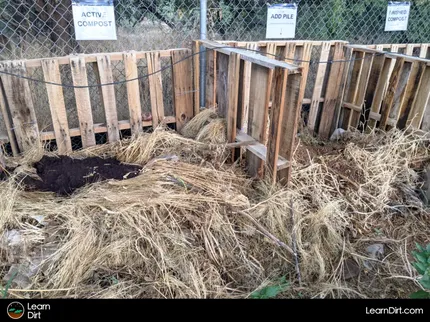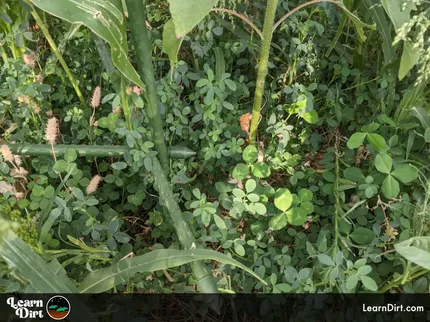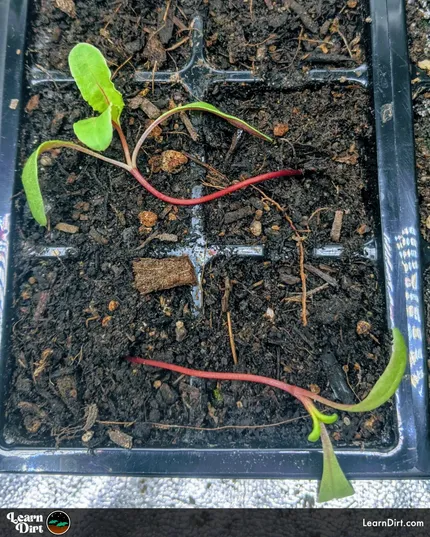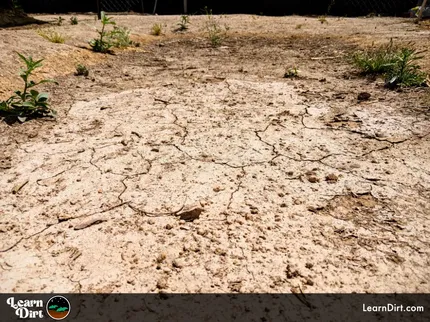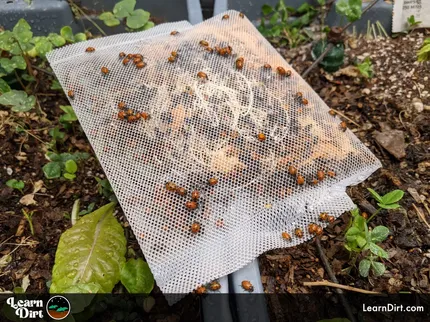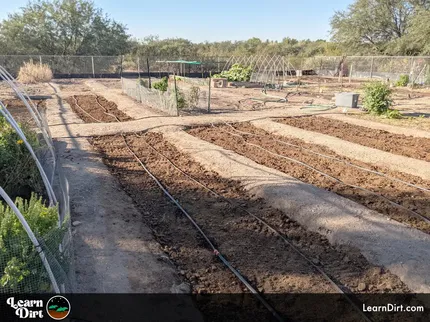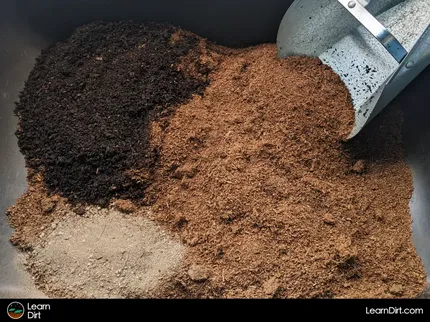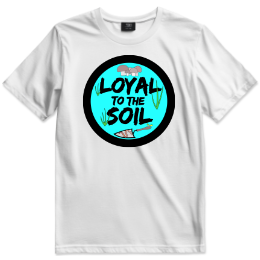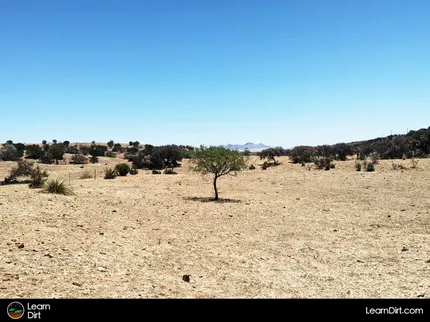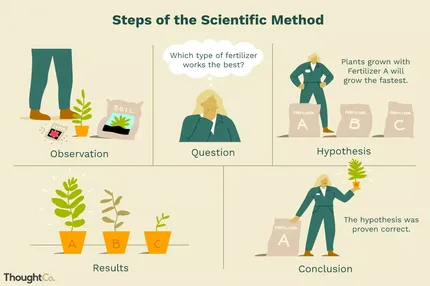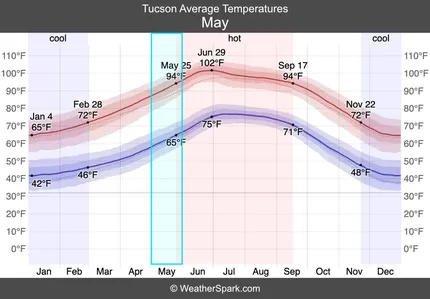Table of Contents
- What Is Nutrient Mobility in Plants?
- Mobile Nutrients
- Immobile Nutrients
- Why Is Mobility Important for Gardeners?
- How Does Mobility Affect Soil Requirements?
* Our articles never contain AI-generated slop *
You may have heard that certain nutrients are mobile in plants, while others are not. We're looking at what exactly this means, and how it applies to you as a grower.

What Is Nutrient Mobility in Plants?
Nutrient mobility in plants refers to whether that nutrient can freely move throughout a plant, or whether it is permanently locked in place once incorporated into plant tissue.
Some nutrients can be pulled from older leaves, or from leaves not receiving as much sunlight, remobilized, and moved to new growth or to parts of the plant where they're needed.
Disclaimer: This post may contain affiliate links. Refer to the privacy policy for more information.
Mobile nutrients allow plants more flexibility to adapt to conditions as needed.
Let's look at all the nutrients that plants need in order to grow and thrive, and categorize them based on their mobility in plants to get a better handle on this concept:
Mobile Nutrients
The following nutrients are all mobile in plants, moving freely where needed:
- Chlorine (Cl)
- Nickel (Ni)
- Nitrogen (N)
- Phosphorus (P)
- Potassium (K)
- Magnesium (Mg)
- Molybdenum (Mo)
One unique instance is the case of sulfur (S), which is considered partially mobile. Its mobility is dependent on plant species and environmental conditions.
Immobile Nutrients
The nutrients which are immobile in plants are as follows:
- Boron (B)
- Calcium (Ca)
- Copper (Cu)
- Iron (Fe)
- Manganese (Mn)
- Zinc (Zn)
Why Is Mobility Important for Gardeners?
Nutrient mobility is extremely useful to understand when it comes to Diagnosing Plant Issues, specifically deficiencies and toxicities.
Join The Grower's Community
A FREE, friendly forum
where you can ask questions,
swap tips, and meet like-minded growers 🌱
Check It Out!
When a plant is experiencing nutrient issues, growers can assess whether the issue is affecting only the new growth, or only the old growth.
For nutrient issues with new growth while older leaves remain pristine, the issue almost certainly lies with one or more immobile nutrients, because the plant is unable to move that nutrient into new leaves as needed.
On the other hand for plants experiencing nutrient issues that primarily affect older leaves first, a mobile nutrient is the likely culprit as the plant pulls the nutrient from older leaves and moves it to nem growth.
In this way by assessing whether a nutrient issue affects older or newer growth, you can quickly narrow the possible causes down to only the list of mobile nutrients, or only the list of immobile nutrients.
This can be a great first step in diagnosing nutrient issuse for quickly narrowing down the possibilities.
How Does Mobility Affect Soil Requirements?
Plants are more adaptive to an inconsistent supply of mobile nutrients in their soil, resorbing missing nutrients from some leaves and moving it into others. They can also better handle toxicity issues with an overabundance of mobile nutrients in their soil, spreading out the toxicity across the plant.
When an immobile nutrient is under- or over-abundant in the soil, however, plants are less capable of being adaptive in that situation.
This tells you that it is generally more important to ensure availability of the correct amounts of immobile nutrients in soil, and can geterally get away with less preccision in your soil composition as it relates to mobile nutrients.
That's all for now, thanks for reading!
If you have any questions, comments, or would like to connect with fellow gardeners, head on over to the forum and post there.
